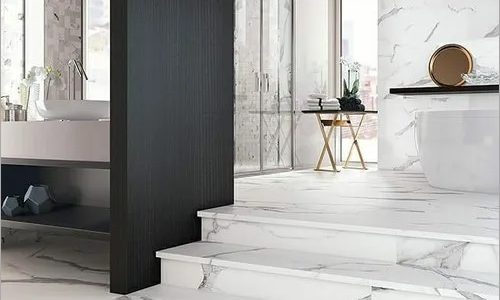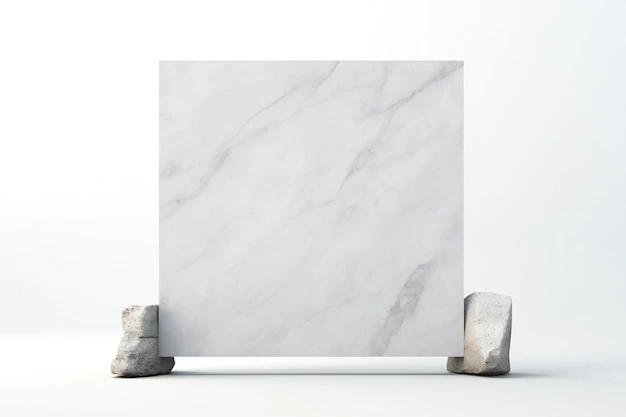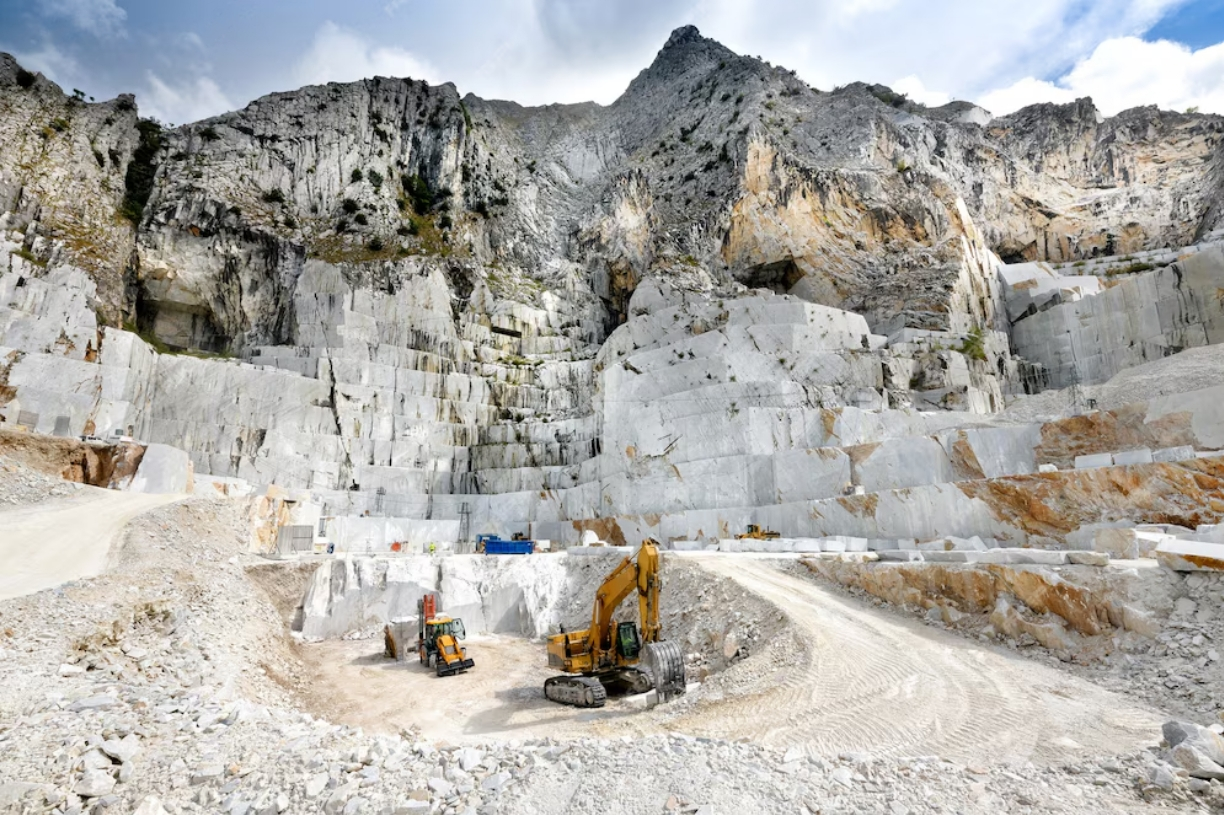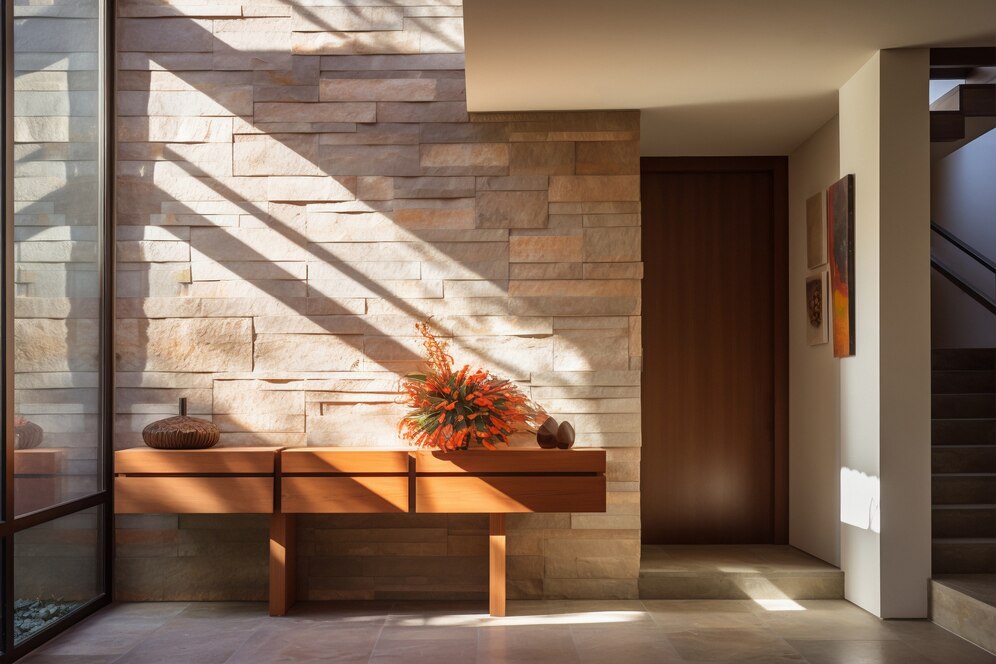
The Drawbacks of Italian Marble: A Closer Look
Italian marble has long been synonymous with luxury, elegance, and timeless beauty in the world of interior design and architecture. Its popularity spans centuries, with famous structures such as the Taj Mahal and the Michelangelo’s David showcasing the allure of this exquisite natural stone. While Italian marble undoubtedly boasts numerous advantages, it’s important to recognize that no material is without its drawbacks. In this blog, we’ll delve into some of the drawbacks of Italian marble to provide a more balanced perspective.

- Cost:
One of the most significant drawbacks of Italian marble is its high cost. Sourcing, quarrying, and transporting this premium material can be expensive. Additionally, the intricate veining patterns and color variations that make Italian marble so appealing can also drive up the price further. For many homeowners and businesses, the price tag associated with Italian marble may simply be unaffordable, leading them to seek more budget-friendly alternatives.
- Maintenance:
Italian marble is a porous material, which means it can easily absorb liquids and stains. Without proper sealing and regular maintenance, spills from red wine, coffee, or other acidic substances can leave permanent marks. To keep Italian marble looking its best, it requires periodic sealing and careful cleaning, which can be time-consuming and costly in the long run.
- Durability:
While Italian marble is undeniably beautiful, it may not be the most durable option for all applications. It is softer and more susceptible to scratching and chipping compared to some other natural stones like granite. In high-traffic areas or environments prone to heavy wear and tear, Italian marble may not hold up as well over time, potentially requiring more frequent repairs or replacements.
- Limited Availability:
The unique colors and patterns of Italian marble are often limited to specific regions within Italy. This limited availability can make it challenging to find certain types of Italian marble in other parts of the world. Importing the marble can be expensive and may result in longer lead times, which can be impractical for projects with tight schedules.
- Environmental Concerns:
Quarrying Italian marble can have a significant environmental impact. The extraction process can result in habitat destruction, deforestation, and water pollution. Additionally, the transportation of heavy marble slabs over long distances contributes to greenhouse gas emissions. Many environmentally conscious individuals and businesses may opt for alternative materials that are more sustainable and eco-friendly.

Italian marble undoubtedly exudes luxury and sophistication, but it’s essential to weigh its drawbacks against its advantages when considering it for your design or construction project. The high cost, maintenance requirements, limited availability, and environmental concerns associated with Italian marble may lead some to explore alternative materials that better align with their needs and values. Ultimately, the choice of whether to use Italian marble should be a well-informed decision that takes into account both its aesthetic appeal and practical limitations.



